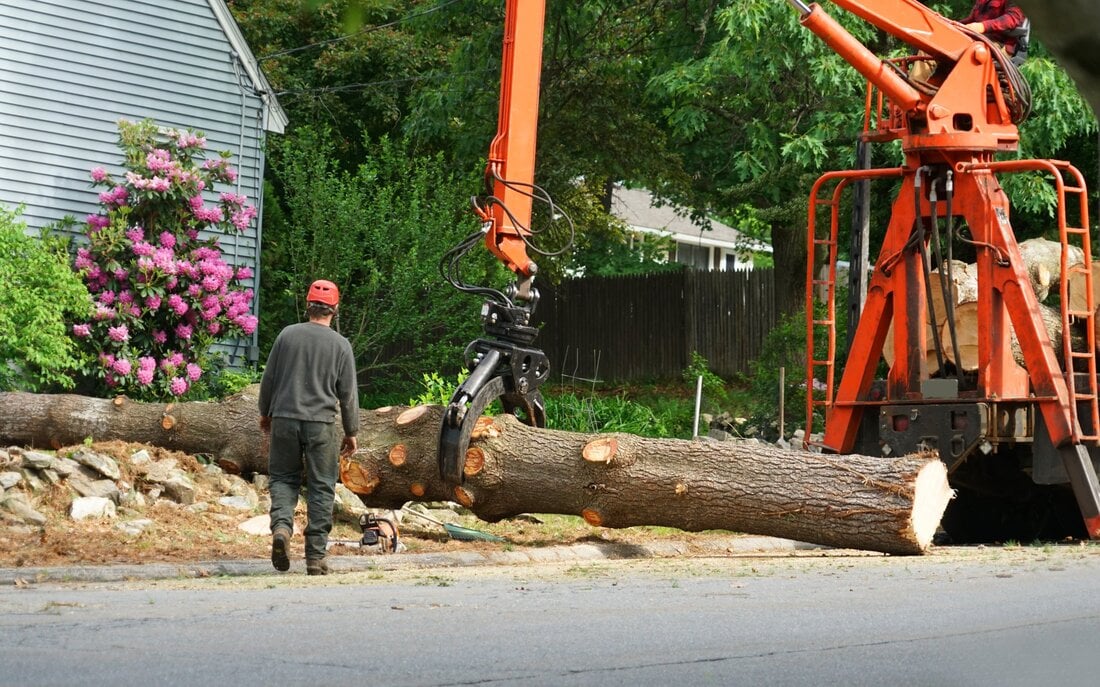The hemlock woolly adelgid (HWA) is an invasive insect that leads to the decline and destruction of hemlock trees. It is a sap-sucking insect related to aphids that uses its piercing mouthparts to penetrate the host plant tissues and feed on stored plant nutrients. The insect causes severe damage to the overall health of hemlock forests as well as those in parks and backyards.
There are many options available for its treatment, but the most effective method is by using chemicals.
But before talking about the treatment options, it is important to identify HWA. The most obvious sign of its presence includes white cottony ovisacs on twigs and at the base of the hemlock needles. These ovisacs resemble the tips of cotton swabs. Although they can be found all year round, they are more visible in early spring. However, you will not be able to see the actual insect as it protects itself and its eggs with the ovisac. HWA feeds on soft new growth, which is located where the needles meet the twigs, eventually causing the needles to die. The infested needles become dry and greyish, and fall off from the affected trees. This loss of foliage and vigor will eventually cause the tree to die.
Here’s how to identify HWA, depending on the season:
Spring: Brownish-orange eggs.
Early summer: Eggs hatch into reddish-brown crawlers. They mature into adults in a few weeks.
Summer: The young insects spin white nests.
Fall: HWA becomes dormant in late summer and resumes feeding in mid-October. They feed all winter and mature by spring.
Treatment
Spraying trees
If the tree is small, you can use a foliar spray to spray the needles and stems with systemic insecticides containing imidacloprid or dinotefuran. These insecticides can be applied as a soil drench, a soil injection, or a basal bark spray. These insecticides are absorbed by the plant and are carried from the roots to the foliage. Imidacloprid products move relatively slowly into the tree, and it may take up to a year to control HWA for a large tree. A single imidacloprid application can control HWA for at least five years. The required amount of insecticide will depend on the diameter of the tree measured at 4.5 feet above the ground.
Time-release tablets
The active ingredient in time-release tablets is imidacloprid. Using a bulb planter, these are placed 2 to 5 inches below the soil surface near the tree's trunk. These tablets should be placed evenly around the tree and at a distance of 6 to 24 inches from the trunk. The rain or irrigation will moisten these tablets, and the insecticide will be released slowly. These tablets are suitable when there are several trees on a property. These should be applied over a 2-year period.
Dormant oil and insecticidal soap
Sprays of dormant oil or insecticidal soap are also a good option to control HWA. These options are less toxic than the chemicals. The newly hatched HWAs can be controlled using sprays of natural products such as rotenone/pyrethrin insecticide, or neem oil soap.
About Seacoast Tree Care
If you are looking for certified arborists to take care of your tree removal needs, Seacoast Tree Care is your one-stop destination. We offer a complete range of tree care and removal services in New Hampshire, Maine, and Massachusetts. We are experts in tree pruning, cabling, fertilizing, preservation, pest control, and root collar excavation.
To get information, call us at 603-431-0101 or 978-225-6644, or email us at info@seacoasttreecare.com.


